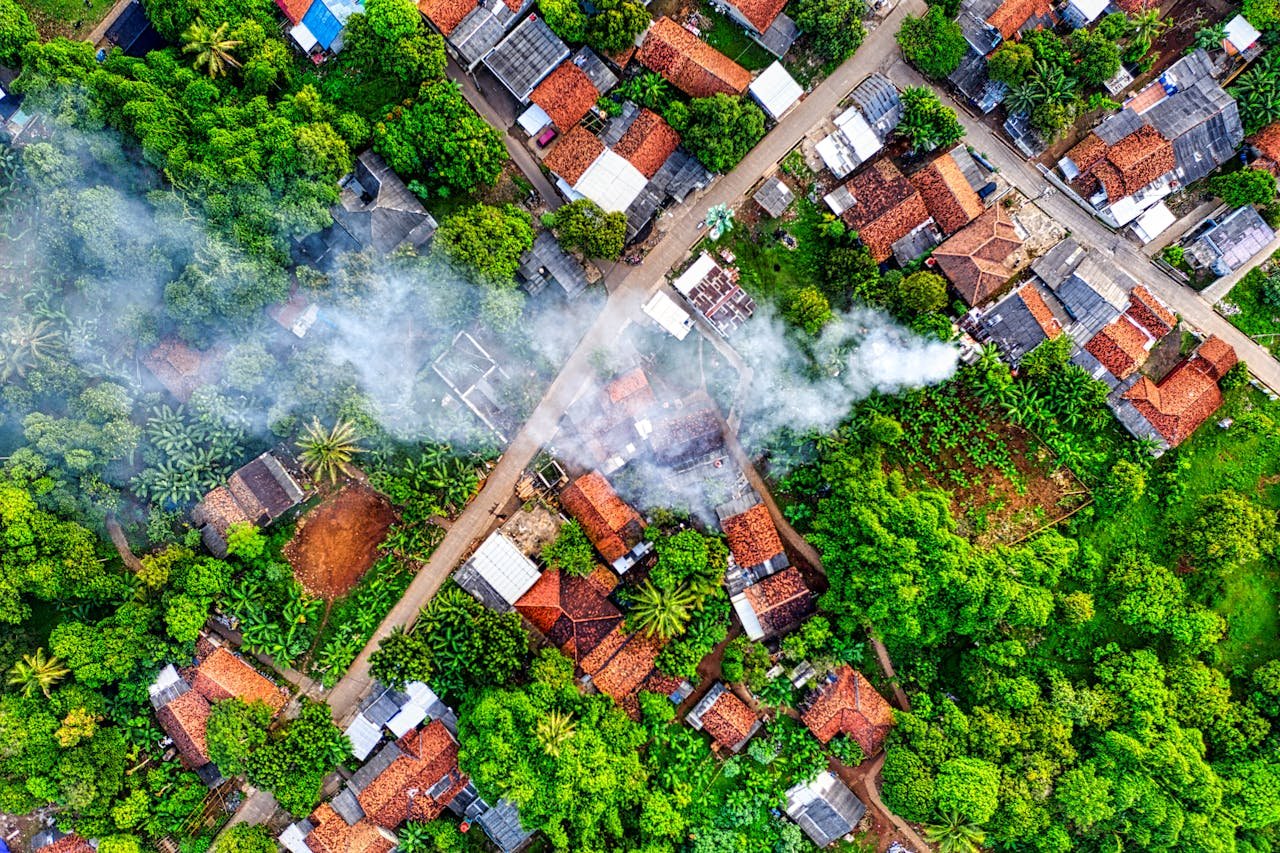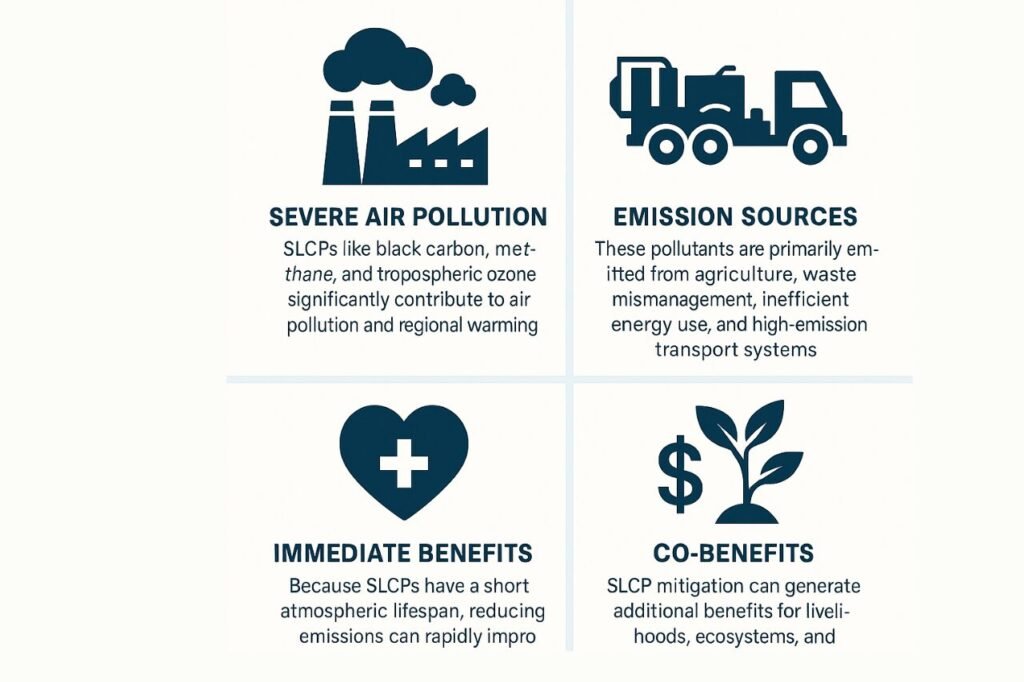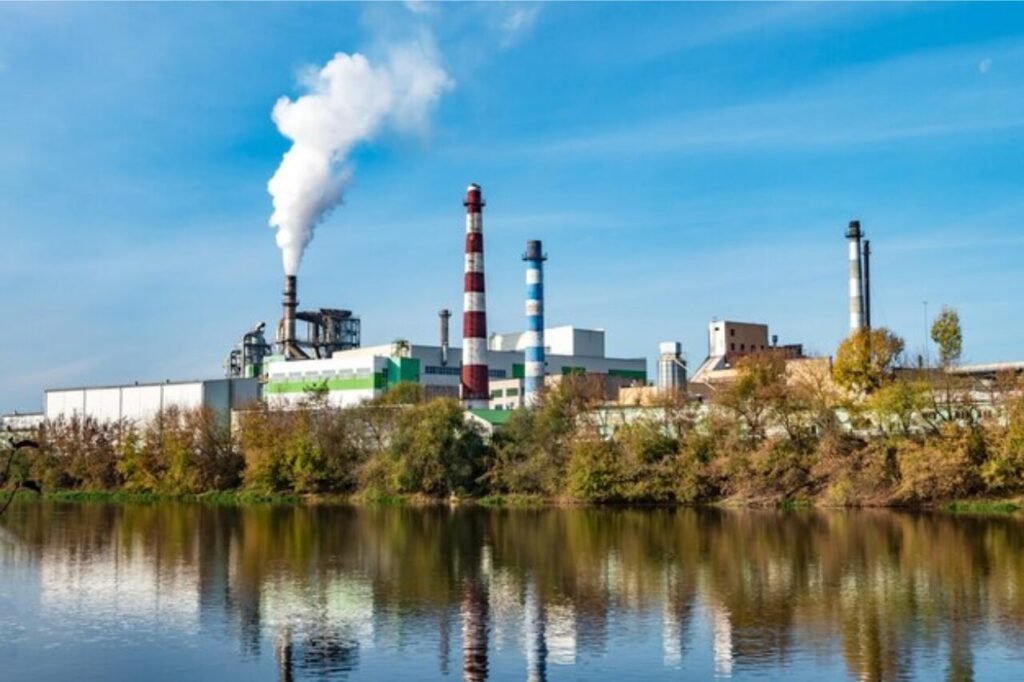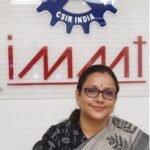What Are SLCPs



Mission and Methodology That Drive Us
Our Mission
We are committed to advancing scientific understanding and policy solutions that reduce short-lived climate pollutants (SLCPs) in the Indo-Gangetic Plain—one of the most polluted and climate-sensitive regions in the world. Through research, education, and collaboration, we aim to improve public health, environmental resilience, and regional air quality.
Our Methodology
We use cutting-edge atmospheric monitoring stations, satellite analysis, and modeling tools to track SLCP levels across seasons and locations. Our flagship research site, IGP-CARE in Hamirpur, Uttar Pradesh, provides year-round data on black carbon, brown carbon, ozone, and related pollutants. This evidence supports actionable strategies for mitigation and policy intervention.




